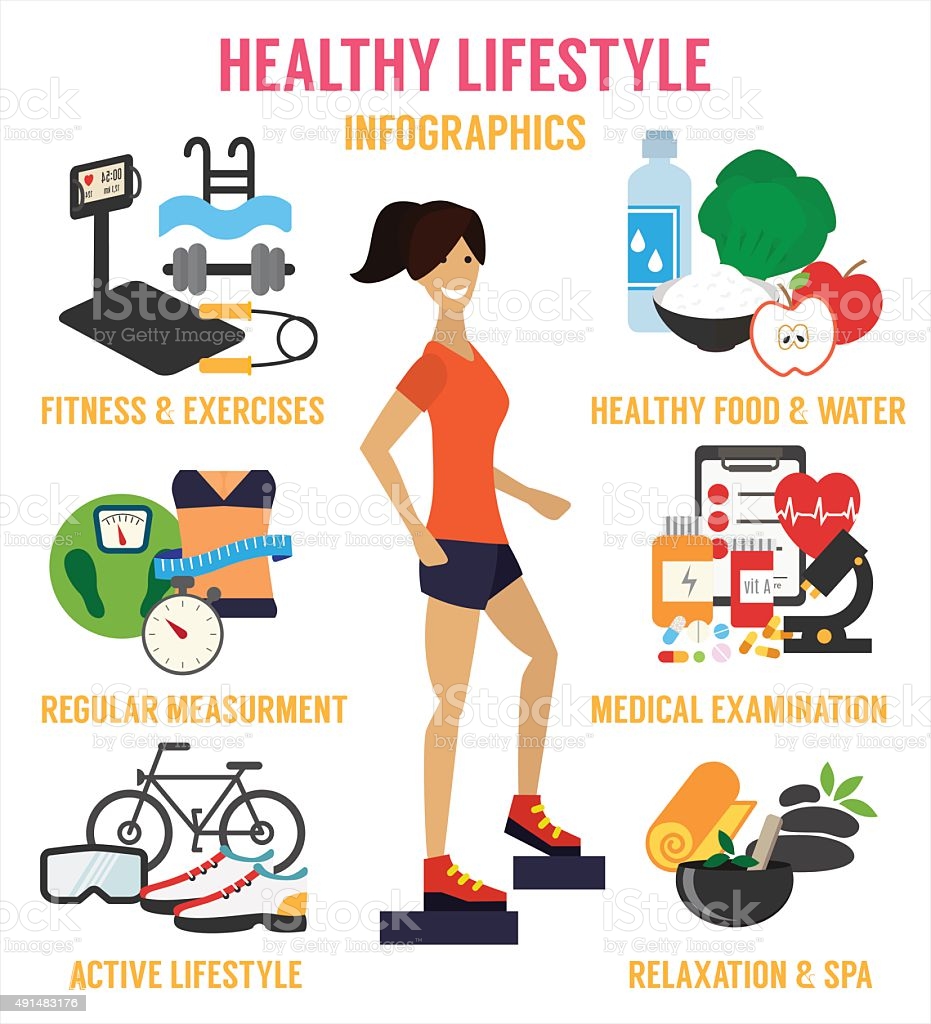In her best selling book, The Best Way to Keep Your Marriage, Rebekah Brooks asks readers to examine their own behaviors and attitudes toward marriage in order to find ways to improve it. Brooks suggests that examining our own behaviors can give us a window into our own personal “package” of values and beliefs, and is especially useful in understanding marriage. Many of the book’s methods for understanding marriage are applicable to other relationships, as Brooks notes that many couples share certain values and attitudes.

LIFESTYLE refers to a concept of individual psychology in which an individual’s cultural background, social environment, and experiences provide cues about his or her expected behavior. The word was first introduced by Austrian psychiatrist Alfred Adler in his 1930 book, The Case of Miss R. With the suggested meaning of “the basic nature of a person as established early in life”. In the years since, LIFESTYLE has become a widely accepted approach to psychology, and refers to a core set of concepts that underlie much of modern understanding of human behavior. This understanding provides explanations for why people behave the way they do, focusing on individual responses to outside stimuli such as the media, friends, colleagues, and strangers.
Brooks rightly points out that many psychologists have used the term LIFESTYLE to describe “a sort of cultural schizophrenia, in which an outside force shapes how an individual believes and behaves, but is unable to take action on those beliefs”. However, when LIFESTYLE is used by Brooks, she maintains that it’s more than a mere psychological theory; instead, it’s an attempt to understand what it is to be human and what human beings do when they interact with one another. In fact, according to Brooks, LIFESTYLE is meant to be taken “literally”, with all its implications. For instance, in her definition of human flourishing, we are living “the best life that we possibly can” when we treat each other with kindness, respect, and honesty, and express ourselves in a non-judgmental, non-coercive manner. When we accept the premise that there is something beyond ourselves, beyond our bodies and minds, that makes us whole, then our interactions, both intimate and distant, become momentous experiences, making us alive.
Brooks takes up this idea in several different ways, beginning with her own personal definition of LIFESTYLE, which is “the best there is, nothing real, everything perfect”. It is an idea she developed through much of her work, particularly her book BE YOURSELF, a collection of short reflections on human flourishing. Through this book, Brooks develops her idea of LIFESTYLE further, becoming convinced that it is possible to design a genuinely positive lifestyle in which individuals are inspired to care about themselves, others, and their places in the world. This is done through creating a vision for themselves, one based on a commitment to kindness and compassion, an attitude of gratitude, an awareness of their natural rights, and an openness to the possibilities of social media. The result is a group of people who live in a state of gratitude, with gratitude in their heart, and with an openness to the world around them.
As LIFESTYLE evolves, Brooks provides specific examples of a unique social media approach. In particular, she describes the process of “becoming Polaroid”, where the writer begins to think about what inspires her, why she feels compelled to write certain things, and how those thoughts might serve as a springboard for new creative work. Using the metaphor of a polaroid picture, she illustrates this process by first looking at a photo taken from space of a small group of polaroids gathered together at the poles. These Polaroids provide Brooks with the lens through which she views her life and works, and she is then able to move beyond the “static” of daily events to look deeper into the dynamics of the person she wants to present.
While the publication of this book may serve as a tipping point for many who are either uneducated or unable to find a safe haven within the boundaries of the traditional publishing world, it does not necessarily signal a collapse of the art market. While it is unlikely that the sales of this text will experience a significant decline, the fact remains that many publishing houses still feature a dedicated photography section, featuring work of renowned photographers such aserie giclee, mattica, miguel angel, and thierry henry loeur. Given these factors, it seems that the future for LIFESTYLE and other culture-based e-books lies in remaining open to a diverse range of perspectives, in order to ensure that a diverse audience can find an engaging medium through which to experience the messages of their chosen texts.